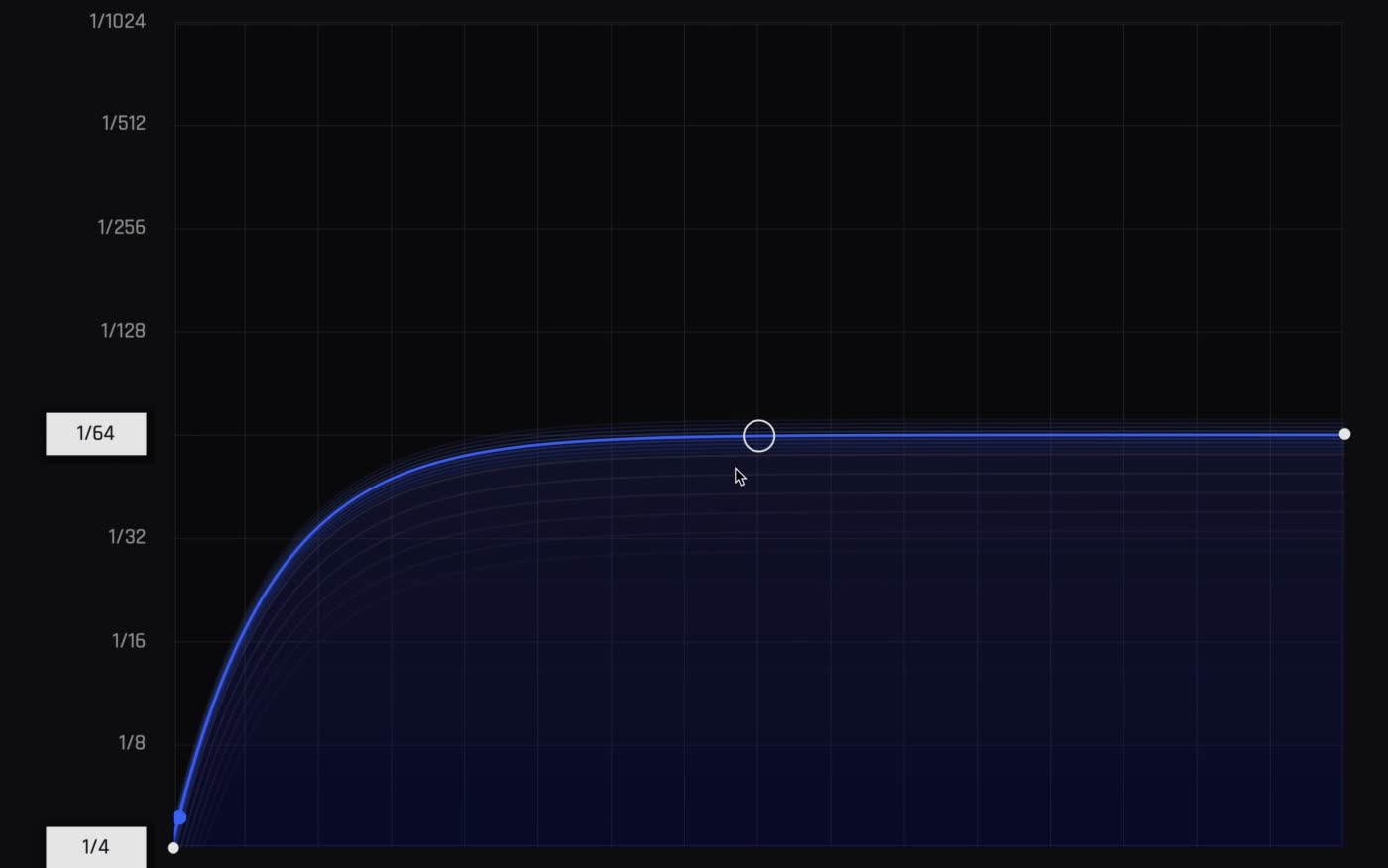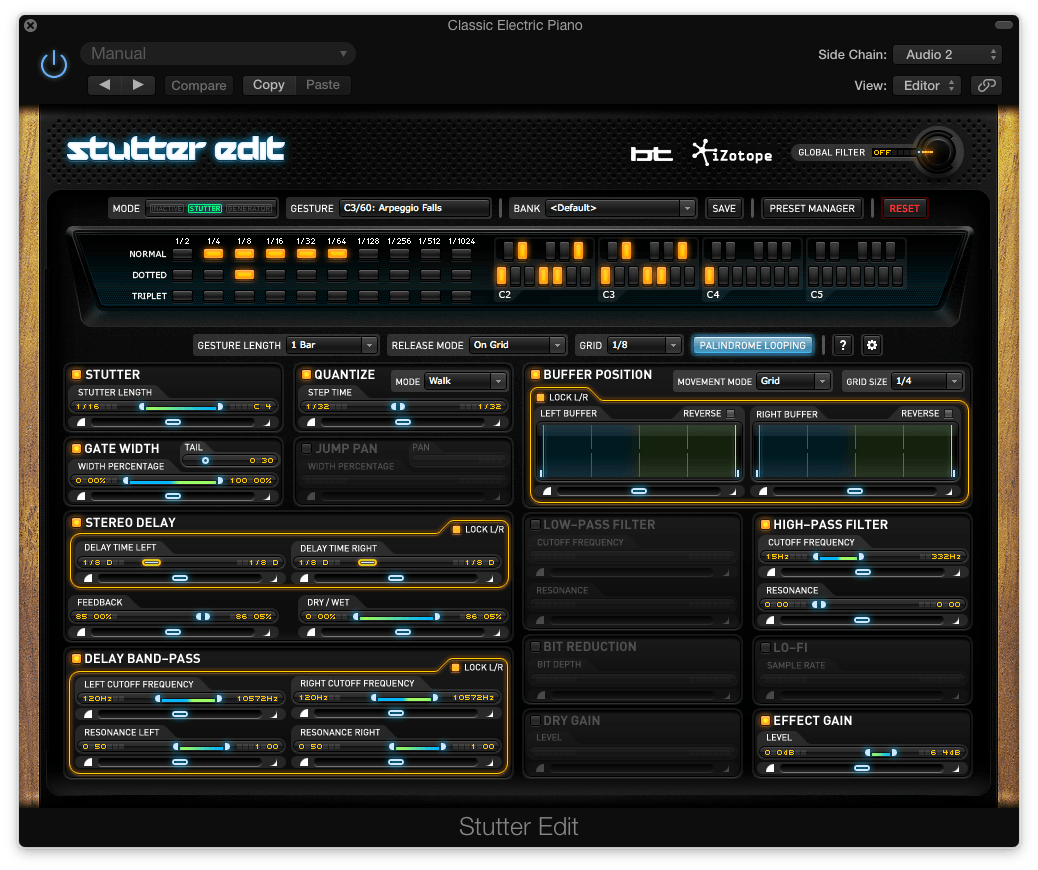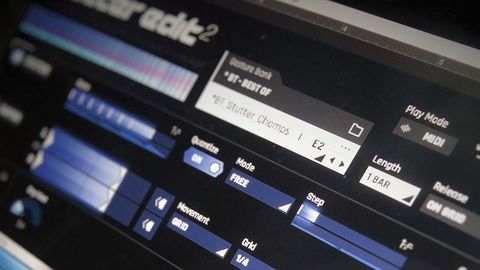

- #Izotope stutter edit vocals how to
- #Izotope stutter edit vocals generator
- #Izotope stutter edit vocals mod
Izotope have kindly supplied a handy online guide about how to do this in each of the major DAWs, and there's also an easy‑to‑use manual that explains each of the effects and their parameters. Live & DirectĪs the plug‑in requires MIDI input, there's a little bit of setting up to do first of all. The other global control is Timeline Override, which bypasses any parameter modulation set up for a given Gesture, so you can move through the parameter envelopes faster or slower, or even stop them at any given point during their cycles. Assigning this effect to the pitch wheel makes perfect sense, as most controls of this type snap back to the centre after use, so once you've finished filtering, you can let go and it'll automatically return to the neutral position. In the central position, it has no effect on the incoming audio. Firstly, there's a global filter that acts as a low‑pass filter when the pitch wheel is pulled down and high‑pass when pushed up.
#Izotope stutter edit vocals mod
Lastly, there are a couple of global controls that are assigned to the pitch and mod wheels by default. Only one Gesture can be played at a time, but you can play a Stutter Gesture and a Generator Gesture simultaneously, and if you set the latter's Stutter Gate Send appropriately, the sound it generates will be processed by the Stutter Gesture modules. They also house their own modules, including Pitch, Band‑Pass Filter and Delay, which are just what you need for creating dynamic risers and drops. These do not affect the incoming audio, but instead add sound over the top of whatever is playing.
#Izotope stutter edit vocals generator
Generator Gestures, on the other hand, create various types of noise, such as 'Hi‑Hat Body', or single hits with names like 'Big 909 Crash'. On the right‑hand side of the Stutter Matrix, there are also note values from C2 to B6, which generate repetitions in musical pitches and can even be used to create arpeggios. The Stutter module itself is lashed to the Stutter Matrix in the top third of the main interface, which determines the beat divisions available to it, ranging from 1/2 to 1/1024, with their Dotted and Triplet variations included in separate rows. There are also Dry Gain and Wet Gain modules for balancing the unprocessed audio with the processed, and any number of these effects can be triggered with a single key-press. Stutter Gestures apply effects such as gating, delay, filtering, panning, beat repeats, sample‑rate reduction and so on (see the box for the whole list and the type of sounds you can expect to achieve with them). With Palindrome Looping engaged, a Gesture's parameter envelopes will play in reverse after reaching the end, in effect looping a Gesture back and forth until it's disengaged. The same is true for when you release a key, and there are several different Release Modes, so you can choose whether to stop effects instantly, wait for the next beat/bar division, have the entire Gesture play back, and so on. Pressing a key on your MIDI controller will trigger a Gesture and begin cycling through whatever modulation envelopes it contains, with the plug‑in waiting for the next pre‑specified beat/bar division before engaging the effects. The Length of each Gesture can range from two bars down to a 16th‑note triplet, while the timeline Grid for a Gesture can be set between one bar and a 64th note. A Gesture contains timeline information, too, determining how parameter modulation is scaled to fit the grid and when a Gesture begins and ends. The effects are applied using what Izotope call Gestures, which are made up of one or more effects modules (Stutter Gestures) or a noise generator (Generator Gestures), and are each tied to a single MIDI note. What's more, everything is automatically sync'ed to the host tempo, making flawless transitions, fills and breakdowns a breeze. It works by constantly sampling the incoming audio and storing it in a buffer, so that it can be used for repeating short loops or slices, among other things.

Stutter Edit is an effects plug‑in that can manipulate an audio source in a variety of ways. Enter Stutter Edit, which has been co‑developed with trance producer BT (see the 'Trigger Finger' box). Izotope have given the world plenty of top‑notch signal processing tools over the years, including Ozone 4, RX2, Nectar and Trash, but they haven't before released anything designed for use in a live environment.


Izotope have teamed up with electronic composer BT to bring us an effects processor that can be 'played' in real time.


 0 kommentar(er)
0 kommentar(er)
